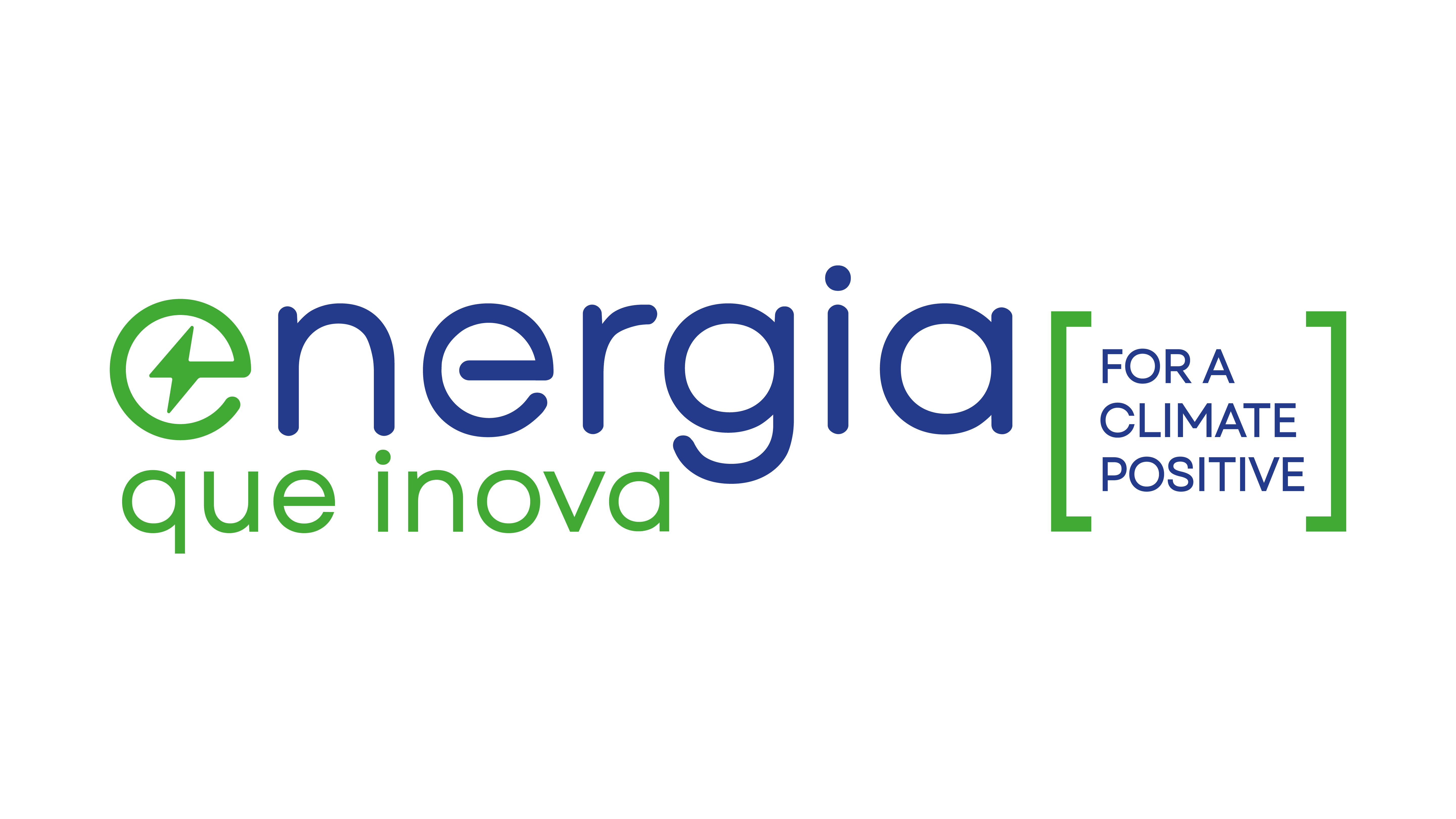the president of European Commission, Ursula von der Leyen, announced a significant investment of 2 billion euros, equivalent to around R$ 10 billion, in green hydrogen projects in Brazil. The announcement was made after a meeting with the government in Brasília.
During the statement, von der Leyen highlighted the importance of the investment, which aims to support the Brazilian production of green hydrogen and promote energy efficiency in the country's industry. This initiative is part of the Global Gateway project and demonstrates Europe's commitment to boosting the renewable energy sector.
In addition, von der Leyen noted that the European Union has a target to import 10 million tons of renewable hydrogen annually as part of the European Green Deal, a comprehensive package of measures to promote sustainability and the transition to a green economy. She highlighted the possibility of building a transatlantic market for clean hydrogen, promoting strategic partnerships in the area of energy.
This investment represents an opportunity for Brazil to expand its green hydrogen production capacity, driving sustainable development and strengthening international cooperation towards a cleaner and more sustainable energy future.
According to estimates by the McKinsey consultancy, Brazil will need to invest around US$ 200 billion, equivalent to R$ 1.04 trillion, by 2040 to make the green hydrogen industry viable. Franceli Jodas, global energy leader at the KPMG consultancy, points out that the country is already moving in that direction, although the projects are still in the pilot stage.
Jodas points out that green hydrogen is a new and expensive technology, not yet fully competitive in terms of price. She highlights the need for maturation of both the technology itself and international market issues. Many countries are looking to become major exporters of green hydrogen to meet Europe's demand, but technological development is still needed.
The expert mentions the “Inflation Reduction Act” launched by the United States in 2022, a package of more than US$ 400 billion aimed at stimulating environmental solutions, including hydrogen. She highlights the existence of a geopolitical race to meet European demand, considering the significant restrictions on energy production on the continent.
The investment needed in Brazil to boost the green hydrogen industry reflects the potential and challenges involved in this energy transition. As the technology matures and costs come down, the country is expected to be well positioned to reap the environmental and economic benefits of green hydrogen.
Brazil, the largest producer of energy from Green Hydrogen
The Northeast of Brazil is the region with the highest movement in the green hydrogen sector. With its high potential for generating solar and wind energy, in addition to the strategic location of the ports in relation to the European market, the Northeast seeks to position itself as a producer of this sustainable fuel.
The state of Ceará leads with the highest number of announced projects, followed by Bahia, Pernambuco, Piauí and Rio Grande do Norte. It is in Bahia that the country's first green hydrogen plant is being built. In July 2022, the Unigel company announced the project, with an initial investment of R$ 626 million (US$ 120 million). The plant will be located in the Camaçari Industrial Complex and should start operating by the end of 2023.
The expectation is that, by the end of 2023, Unigel will have the plant ready to manufacture the first tons of green hydrogen. Initially, production will be 10,000 tons per year, which will be converted into 60,000 tons of green ammonia. The second phase of the project plans to expand production tenfold.
In addition to Unigel, other companies are also entering the green hydrogen market. White Martins signed memorandums of understanding in the states of Ceará, Rio de Janeiro and Rio Grande do Sul, with the objective of studying the viability of projects focused on exports and application in the Brazilian industry.
Shell is another company with an interest in green hydrogen. In September 2022, the oil company invested R$ 50 million in a project in partnership with Raí zen, USP and other organizations to develop a technology capable of transforming ethanol into green hydrogen. Previously, in May, Shell closed an agreement for the construction of a green hydrogen plant at Porto do Açu, in Rio de Janeiro, with an investment of between US$ 60 million and US$ 120 million.
Although green hydrogen is still a new and expensive technology, Brazil is moving in the right direction, seeking investments and partnerships to boost the sector. With the growth of the international market for green hydrogen and Europe's demand for clean energy sources, the country has the opportunity to become a protagonist in this scenario and take advantage of the economic and environmental benefits that this industry can bring.
Composition of Green Hydrogen
Hydrogen is the lightest chemical element and has the lowest atomic number (Z=1) among all elements in the Periodic Table. Although it is located in the first period of the IA family, known as alkali metals, hydrogen does not share the same physical and chemical characteristics of these elements and, therefore, is not part of this family. Hydrogen is widely found in nature and is the most abundant element in the universe. It is also the fourth most abundant element in Earth's composition.
Although it is found in several places, hydrogen is rarely obtained directly from nature, making it necessary to obtain a process, which characterizes it as a secondary source of energy.
The hydrogen separation process is similar to that used to obtain gasoline, naphtha, methanol or even renewable sources such as ethanol. However, regardless of the source used, these processes for obtaining hydrogen can result in the emission of atmospheric pollutants.
The process of producing green hydrogen through electrolysis of water still requires significant investments. Faced with this reality, experts are exploring alternatives to replace this production method. One example is the development of designed and structured electrodes capable of splitting water molecules under sunlight.
Other researchers have found a way to produce green hydrogen using nickel, a cheap and widely available material, as an electrocatalyst. These scientific discoveries demonstrate the potential of this element to reduce dependence on fossil fuels and decrease carbon dioxide emissions into the atmosphere.
Solutions for the Use of Green Hydrogen
The search for solutions that reduce carbon dioxide emissions and promote sustainability has led to a growing adoption of green hydrogen. As a key element in decarbonization, green hydrogen emerges as a promising alternative to face climate challenges in the coming decades.
According to the International Energy Agency (IEA), hydrogen currently contributes over 2% of the world's total CO2 emissions. However, through the electrolysis process, it is possible to obtain green hydrogen in a sustainable way. This process uses electric current to separate the hydrogen from the oxygen present in the water, and when this electricity comes from renewable sources, energy production occurs without the emission of carbon dioxide into the atmosphere.
The large-scale implementation of green hydrogen would have a significant impact on reducing emissions. According to the IEA, this technology could avoid the emission of 830 million tons of CO2 per year associated with the production of hydrogen from fossil fuels. Furthermore, completely replacing gray hydrogen – obtained from non-renewable sources – would result in an additional 3,000 TWh of renewable energy per year, equivalent to Europe's current electricity demand.
Although there are concerns about the high costs of producing green hydrogen, it is important to note that these doubts are likely to diminish as we move towards decarbonizing the planet and renewable energy generation becomes more accessible and cost-effective.
Green hydrogen represents a significant step towards a more affordable, efficient and sustainable future. The search for innovative solutions and investments in research, development and innovation are fundamental to drive the advancement of this technology and achieve a cleaner and more responsible global energy transition.













